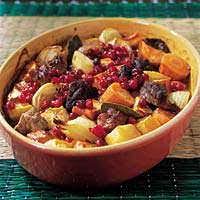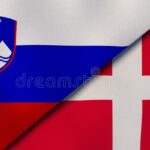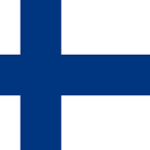Finnish cuisine is a mixture of elements of Scandinavian (Denmark, Norway, Sweden), European and Russian cuisine. The food is traditionally simple, consisting mostly of fish (especially salmon and caviar) and meat, a mandatory addition to a visit to Finland is a pie with fish or pork. Finns often use cereals and forest fruits. Fish and meat play an important role in the diet of the western part of the country, while the dishes of the eastern part traditionally include a variety of vegetables and mushrooms. In modern Finnish cuisine, dishes are lighter, portions are smaller and include different types of vegetables. Traditional Finnish cuisine has much in common with Swedish, German and Russian cuisine. However, there are different ways of preparing certain dishes: for example, Finnish dishes are less sweet than Swedish ones, and Finns use very little or no sour cream compared to their Russian neighbors.
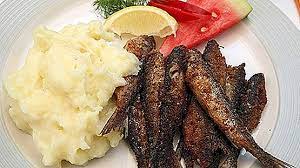
One of the most famous, but also the most unusual Finnish dishes is mämmi, a traditional Easter dessert. It is a dark brown, almost black sweet porridge made from water, malt and rye flour baked in the oven. Spices such as syrup, orange peel and molasses are often added to it. After being baked and stored in the refrigerator for several days, small amounts of alcohol appear in a pudding-like mass. Mämmi is served cold, either alone or with added sugar and / or cream or milk.
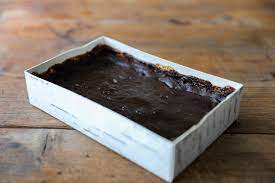
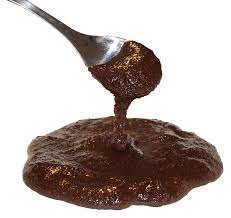
Mämmi is an ancient dish of the southwestern region of Finland, where it has been eaten since the 13th century, when Finland was a Roman Catholic country and part of Sweden. Initially enjoyed during the fasting period, its laxative properties are said to help cleanse the body. Later, it was a convenient food for Good Friday, when, according to custom, the oven was not allowed to be used. Despite its unattractive appearance and specific taste, mämmi is still part of Finnish Easter. They say mämmi tastes similar to Irish Guinness beer, only slightly sweeter and thicker
